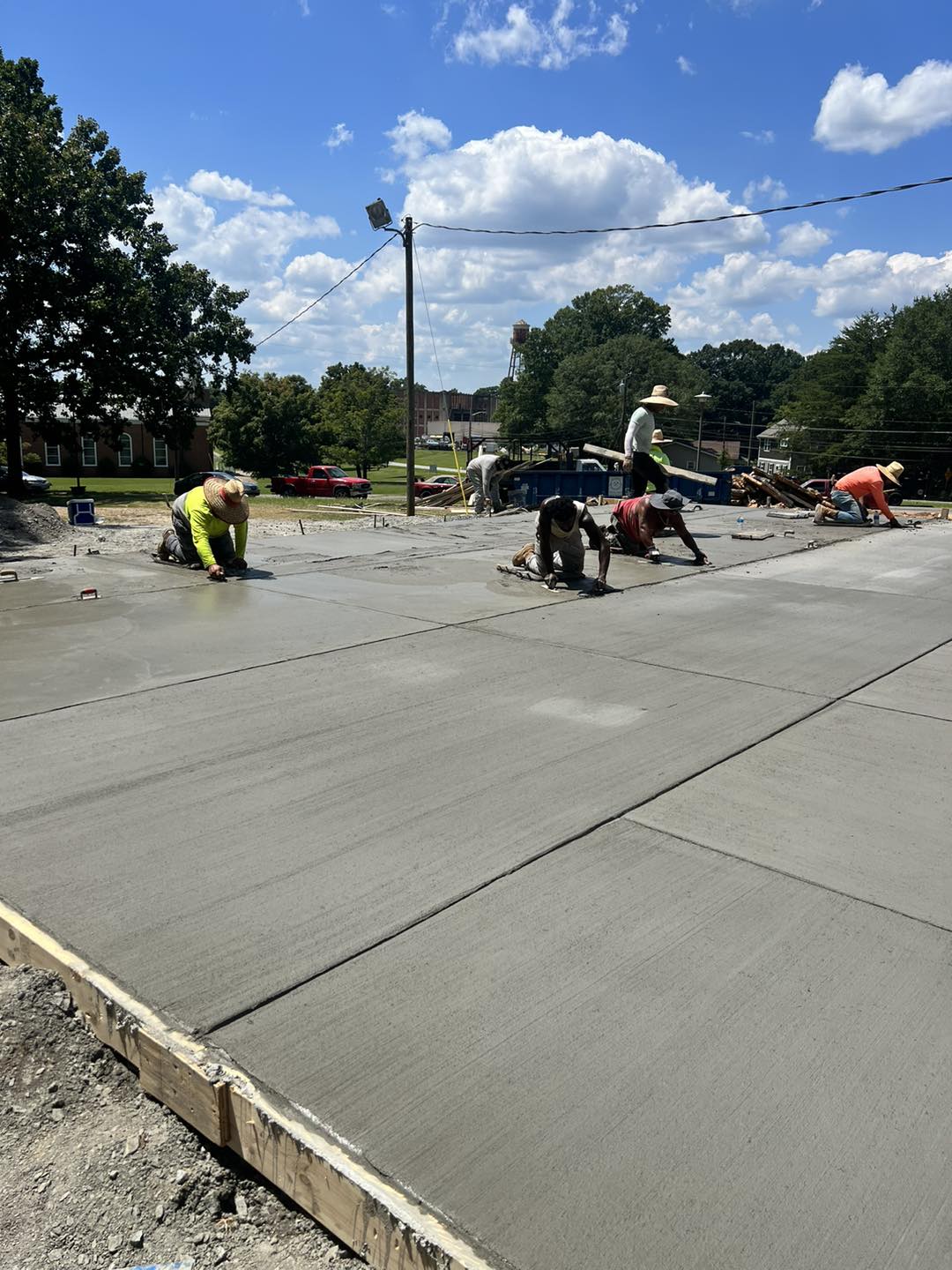
Mastering the Craft: Techniques for Superior Concrete Finishing Oct 19, 2025
The process of creating a flawless concrete surface begins with the proper preparation. Successful concrete finishing requires a keen attention to detail from the outset, starting with the selection of the right mix. The choice of concrete mixture significantly impacts the texture and durability of the surface. For optimal results, it is crucial to ensure that the mixture is neither too wet nor too dry as this affects both workability and strength.
Once the concrete is poured, timing becomes essential. The initial set period is critical as it determines when to begin the finishing process. Starting too early may cause surface defects, while waiting too long can mean losing the window to achieve the desired smoothness. Experienced professionals like those at Allen's Concrete Finishing have honed this timing to an art, recognizing the subtle cues that signal the beginning of finishing.
The first step in the finishing process is screeding. This involves leveling the concrete surface using a straightedge to remove excess surface concrete and bring it to the correct elevation. The goal is to create a level foundation free of high or low spots. This step is critical as it lays the groundwork for all further finishing processes.
Following screeding, the process of floating is undertaken. Floating compacts the surface and creates a smooth, even finish. This step also helps to remove any minor imperfections left over from screeding. Wooden or magnesium floats are typically used, each offering different textures and finishes.
The next technique employed is troweling, which further refines the surface. A steel trowel produces a hard, smooth finish, suitable for interior floors or surfaces that require a high degree of polish. It's important to conduct troweling by hand for smaller areas or utilize power trowels for larger surfaces to save time and effort.
Curing is a critical, often overlooked phase in concrete finishing. Proper curing ensures the longevity and durability of the finished concrete. The process involves maintaining adequate moisture, temperature, and time, allowing the concrete to achieve its intended structural integrity. Allen's Concrete Finishing emphasizes the importance of this step, using methods such as curing compounds or water retention systems to keep the surface adequately moist.
Finishing touches such as edge rounding and pattern imprinting add the final aesthetic appeal. Edging not only beautifies the surface but also increases its durability by preventing chipping. Imprinting, often used in decorative concrete, allows for the simulation of patterns like brick or stone, adding a unique and personalized touch to surfaces.
In conclusion, superior concrete finishing is about marrying technical precision with artistic vision. Allen's Concrete Finishing embodies this balance, delivering results that stand the test of time and impress with their craftsmanship. By mastering these essential techniques and paying immense attention to detail, concrete surfaces provided by Allen's Concrete Finishing are both durable and beautiful, meeting the highest standards of quality and customer satisfaction. Whether it's a small patio or a vast commercial floor, the artistry in concrete finishing can transform simple materials into stunning results.
/filters:no_upscale()/filters:format(webp)/media/8db613d5-cb81-4515-9564-41f334c73405.jpeg)
/filters:no_upscale()/filters:format(webp)/media/61a3706b-b8ea-45a8-9727-6a1989d42b21.jpeg)